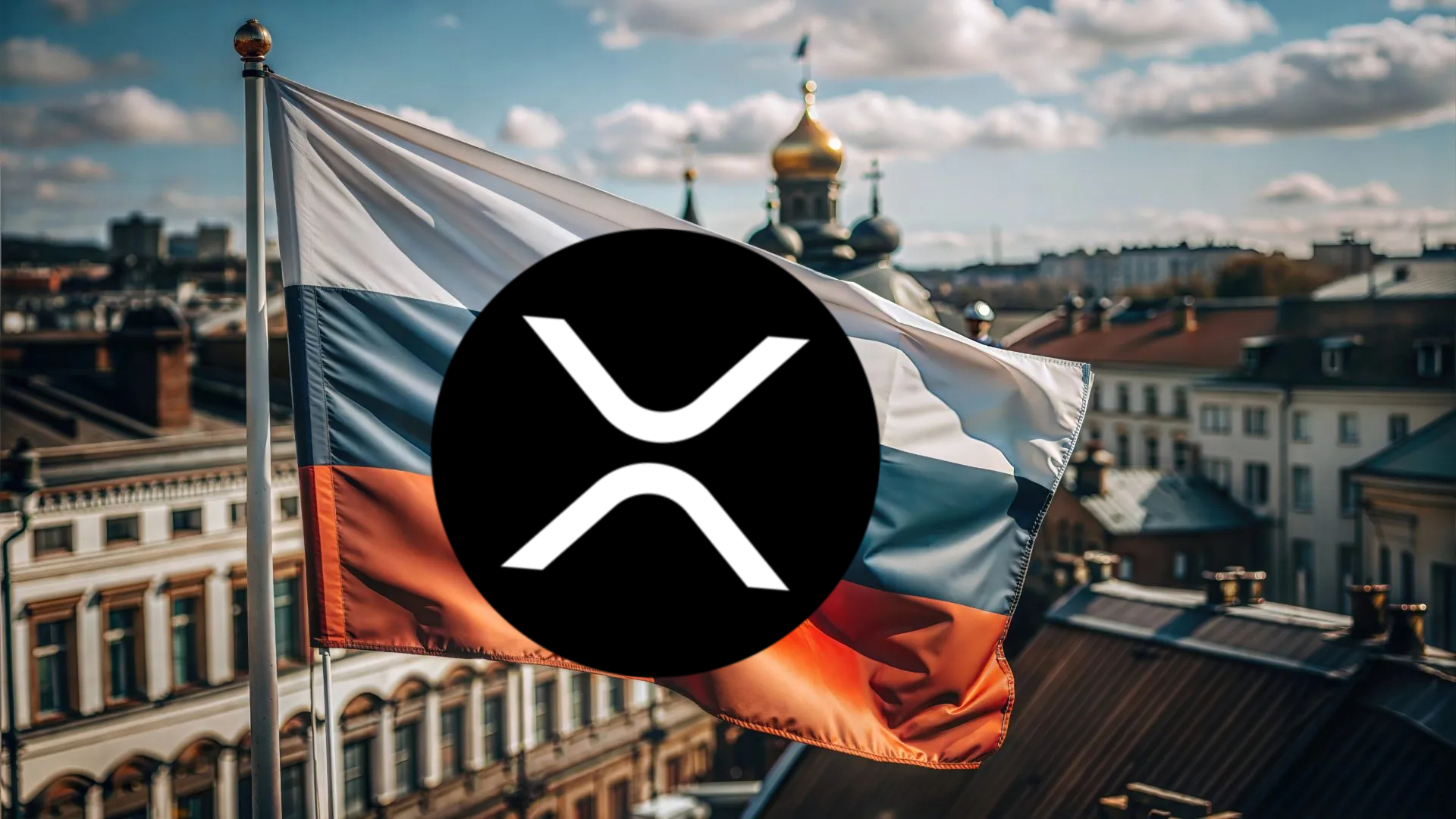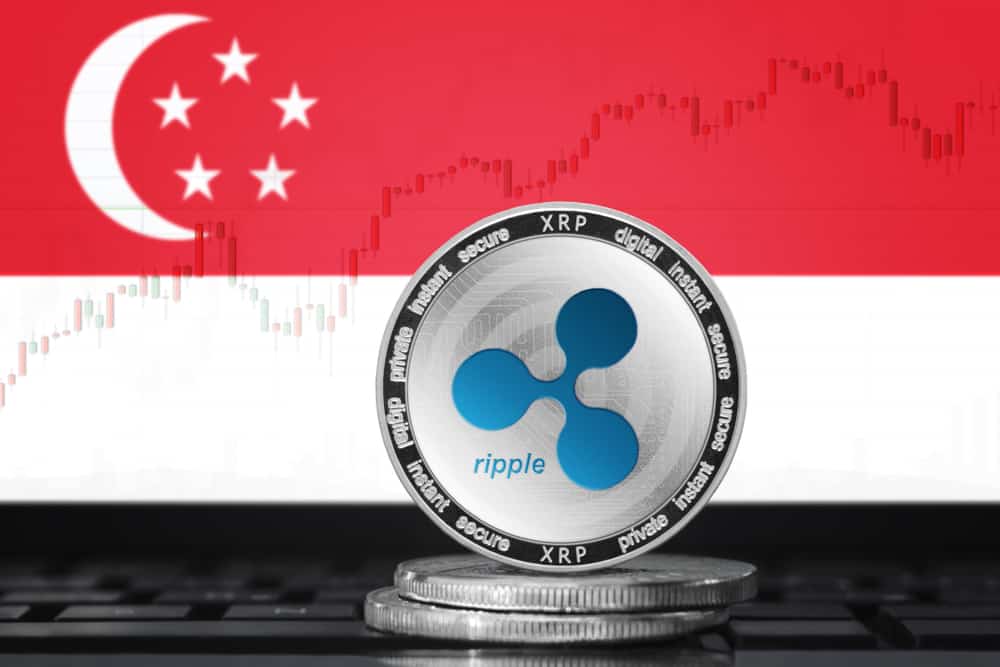In a bold step towards financial modernization, the Governor of the Bank of Russia, Elvira Nabiullina, has announced that the country’s digital rouble will officially launch in July 2025. This development is part of Russia’s broader strategy to integrate blockchain technology into its financial systems, aiming to enhance efficiency and security, particularly for cross-border transactions.
In addition to this announcement, recent reports suggest that the Central Bank of Russia is exploring the use of XRP, a widely recognized digital asset, as part of its cross-border payments infrastructure. This could mark a significant shift in the way Russia handles international transactions, especially in light of current geopolitical challenges.
The Digital Rouble: A Modern Financial Tool
Russia’s digital rouble is set to function as a legal tender, fully backed by the Central Bank of Russia. It will complement the physical rouble, offering a digital alternative for domestic and international transactions. This move mirrors the actions of several other countries, such as China, which has been advancing its digital yuan project.
The introduction of the digital rouble is part of a larger effort to modernize Russia’s financial ecosystem. By adopting a central bank digital currency (CBDC), the country aims to improve transaction security, transparency, and overall efficiency. The digital rouble is expected to streamline payments, reduce the reliance on cash, and enhance cross-border financial operations.
XRP’s Role in Cross-Border Payments
XRP is already known for its efficiency in settling cross-border transactions quickly and at a low cost. Unlike traditional systems like SWIFT, which can take days to settle international payments, XRP can complete transactions almost instantly. This aligns well with the goals of the Bank of Russia as it seeks to modernize its financial infrastructure.
Research conducted by the Bank of Russia’s Novosibirsk Innovation Laboratory has identified Ripple’s platform using XRP as a potential foundation for cross-border payments. In this system, XRP could serve as a bridge currency, helping banks settle international transactions with greater speed and lower fees.
Ripple’s infrastructure offers several key benefits for cross-border payments:
- Enhanced Security: Ripple’s platform uses advanced cryptographic solutions, ensuring that transactions are secure and protected from fraud.
- Seamless Account Reconciliation: The system simplifies account reconciliation between participating banks and national payment systems, reducing errors and administrative costs.
- Real-Time Currency Calculations: Ripple’s technology supports real-time cross-rate calculations, essential for accurate and efficient currency exchanges in global transactions.
Addressing Long-Standing Financial Issues
Russia’s adoption of XRP for cross-border payments could help address some of the country’s financial challenges, particularly those stemming from Western sanctions. Using XRP as an alternative to traditional financial systems allows Russia to bypass institutions that may be impacted by these sanctions, ensuring smoother and more efficient international transactions.
Challenges and Risks
Despite the potential benefits, there are several challenges Russia must consider. One of the main concerns is regulatory oversight. The Russian government will need to ensure that its digital rouble complies with both domestic and international financial regulations, especially regarding anti-money laundering (AML) and combating the financing of terrorism (CFT) measures.
Another potential hurdle is the volatility of digital assets like XRP. While XRP offers quick settlements, its value can fluctuate significantly in the cryptocurrency market. This could introduce risks in international transactions unless mechanisms are put in place to stabilize the currency during cross-border exchanges.
Furthermore, the ongoing legal battle between Ripple and the U.S. Securities and Exchange Commission (SEC) may affect international adoption of XRP. The SEC’s lawsuit raises questions about whether XRP should be classified as a security, which could impact its use in regulated financial systems.
A Step Towards Financial Innovation
The launch of Russia’s digital rouble in July 2025 marks a significant step in the country’s journey towards financial innovation. By potentially integrating XRP into its cross-border payment system, Russia is positioning itself as a leader in adopting blockchain solutions for modern finance. This could enhance the country’s international transactions, offering a faster, more secure, and cost-effective alternative to traditional methods.
However, to ensure the long-term success of these initiatives, Russia must address regulatory concerns and mitigate risks associated with digital asset volatility. As more countries move towards adopting CBDCs, Russia’s approach could serve as a model for other nations seeking to modernize their financial systems with blockchain technology.
🚨Also if you want to trade XRP or any other crypto asset and earn FREE XRP for doing it sign up and trade using this link: https://margex.com/en/levi

Disclaimer: This article is for informational purposes only and does not constitute financial advice. The views expressed are those of the author and not necessarily those of CryptoInsider. Readers are encouraged to conduct their own research before making any financial decisions.





